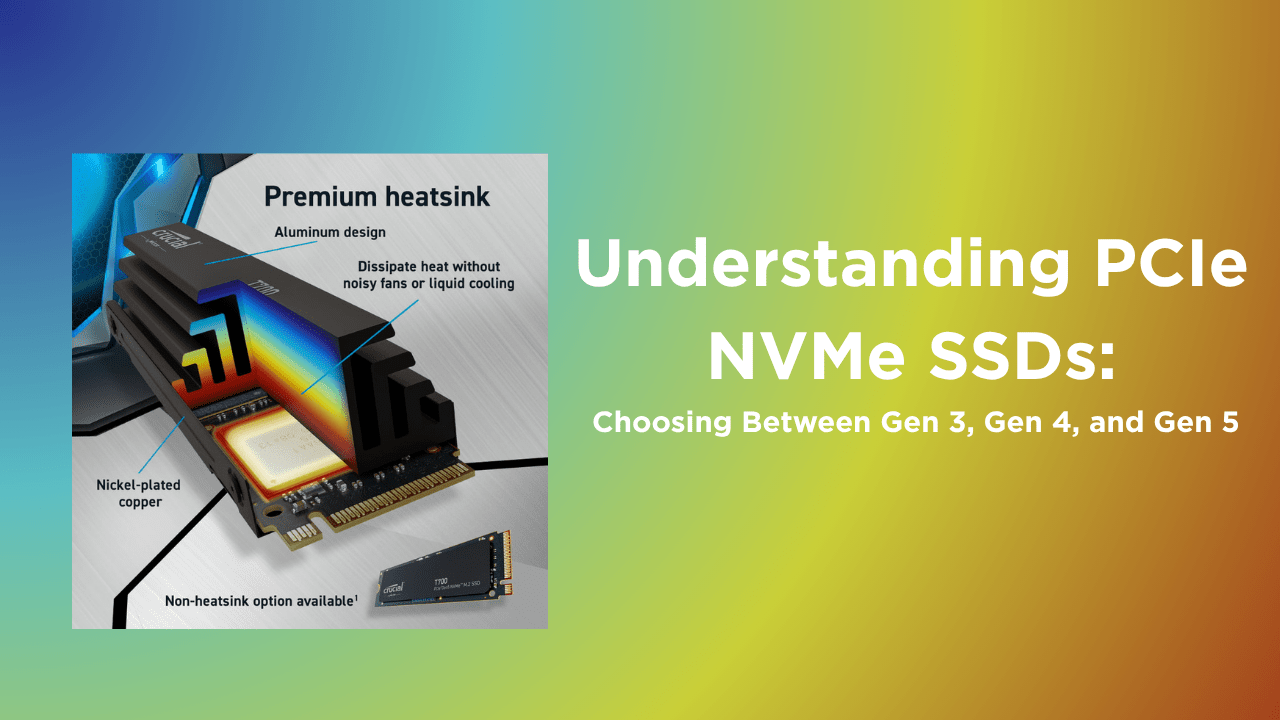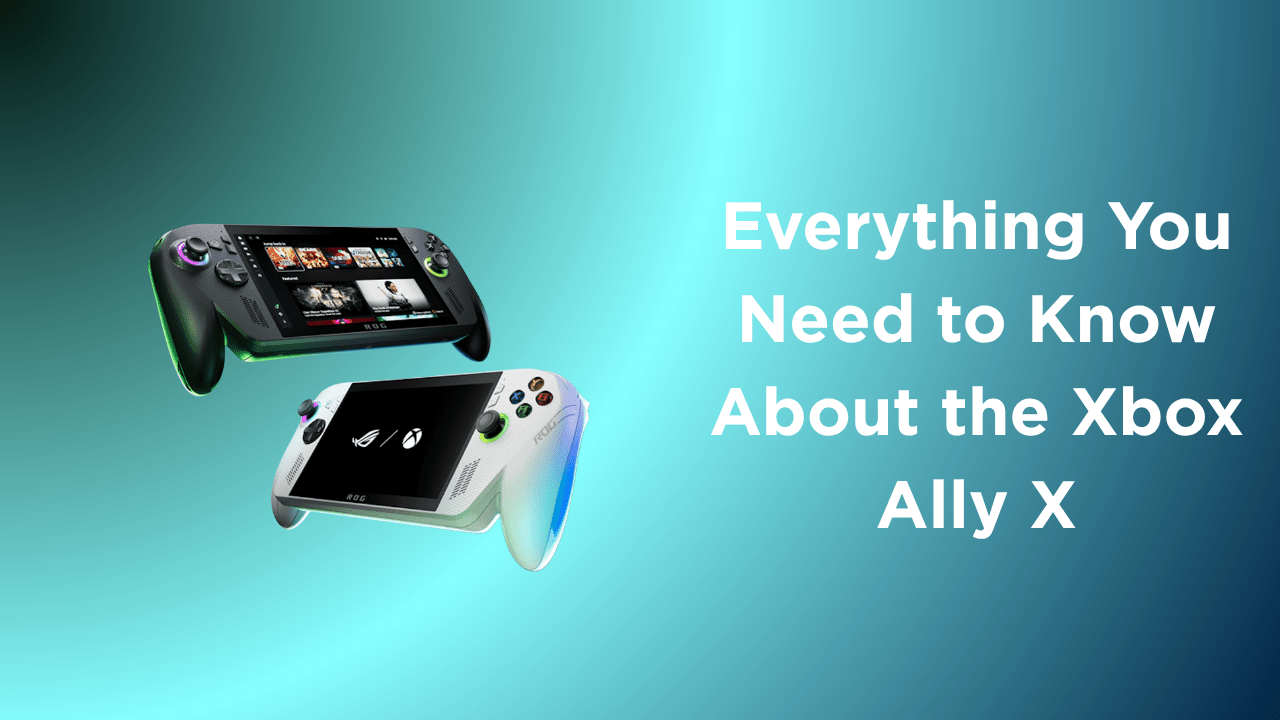OLED monitors represent a major step forward in display technology by using organic materials that emit light on their own. Unlike traditional LCD screens that rely on a backlight to illuminate the pixels, each pixel on an OLED monitor produces its own light. This allows for perfect black levels, brilliant colors, and a level of contrast that makes images look more vivid and lifelike. The ability of each pixel to turn off completely when not needed is what gives OLED its signature deep blacks and exceptional clarity.
The construction of an OLED panel also makes it much thinner and lighter compared to an LCD screen. Without a backlight, manufacturers can design sleek, modern monitors that take up less space while delivering stunning visuals. Response times on OLED are significantly faster as well, making fast-moving scenes in games or videos appear much smoother and sharper.
One of the most impressive features of an OLED monitor is its color performance. With a wider color range and higher accuracy, OLED displays are an excellent choice for anyone who needs precise and vibrant visuals, such as photographers, video editors, or gamers. For gaming especially, the combination of rich colors, high dynamic range, and incredibly fast response creates an immersive experience that is hard to beat.
An even newer development in this space is QD-OLED technology. By combining Quantum Dot layers with OLED, these screens push color accuracy and brightness even further. The Quantum Dots convert blue light into more pure red and green hues, delivering even more vibrant and realistic images that professionals and enthusiasts can appreciate.
Despite their advantages, OLED monitors do have some downsides. They can be prone to burn-in if the same static image stays on screen for too long, and over time the blue pixels may degrade faster, slightly affecting the display’s color balance. OLED panels also tend to consume more power when showing very bright or predominantly white content, which can be a consideration for energy-conscious users.
On the other hand, because black pixels on an OLED screen don’t emit light, dark scenes actually consume far less power compared to LCD screens, which always light the full panel regardless of content.
OLED monitors deliver unmatched visual quality, sleek design, and lightning-fast performance, making them a strong choice for gamers, creators, and anyone who wants the best picture possible. While they come with some trade-offs like the potential for burn-in and higher power use on bright images, their benefits make them one of the most exciting options in display technology today.



